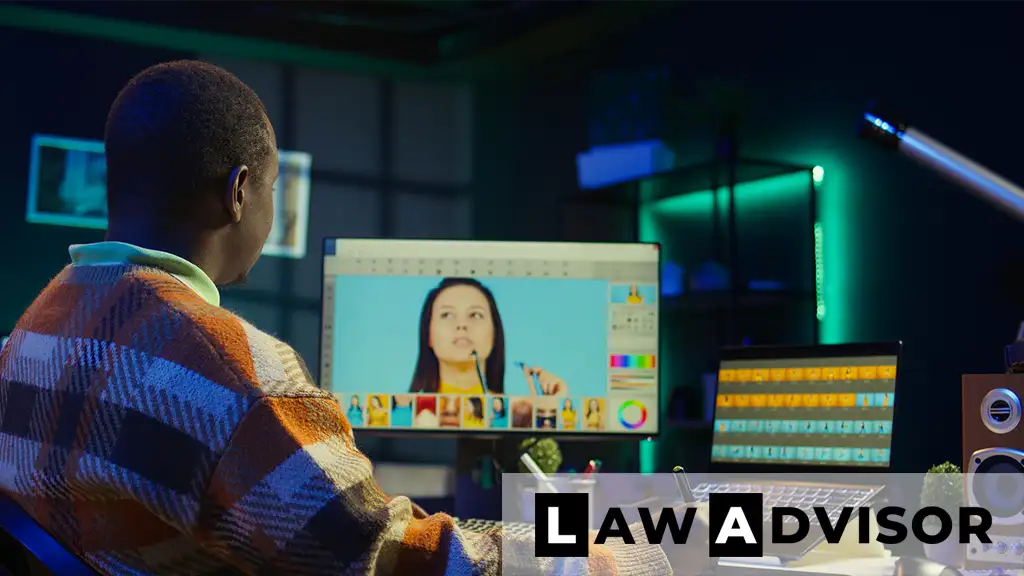Estate planning is more than just writing a will — it’s about protecting your loved ones, preserving your assets, and making sure your final wishes are carried out exactly as intended. If you’re unsure where to start, this estate planning checklist walks you through every critical step to help you prepare for the future with confidence.
From legal documents to beneficiary designations, this guide provides a complete breakdown of what should be included in your estate plan. Whether you’re just starting out or updating an existing plan, use this checklist to make sure nothing important gets overlooked.
Why an Estate Planning Checklist Matters
Many people assume that estate planning is only for the wealthy or elderly, but that’s a myth. The truth is, everyone needs an estate plan, regardless of age or income. An estate planning checklist ensures that:
- Your assets are distributed according to your wishes
- Your loved ones are protected and informed
- Legal delays and disputes are avoided
- Your healthcare and financial preferences are respected
Skipping any step in this process can lead to confusion, conflict, or even court battles. That’s why a comprehensive checklist is key.
1. Draft a Legally Valid Will
A last will and testament is the foundation of any estate plan. It outlines:
- Who will inherit your property
- Who will be the guardian of your minor children (if applicable)
- Who will serve as your executor (the person who manages the distribution of your estate)
Without a will, state laws will decide how your assets are divided — often not in line with your preferences. You can write a simple will on your own, but it’s often best to have it reviewed by an estate planning attorney.
2. Choose an Executor You Trust
The executor (also called a personal representative) is the person responsible for:
- Filing your will with probate court
- Paying debts and taxes
- Distributing property to heirs
Your executor should be someone organized, trustworthy, and capable of handling legal and financial tasks. You can name a family member, friend, or even a professional fiduciary.
3. Create a Living Trust (Optional but Powerful)
A revocable living trust allows you to transfer ownership of your assets to the trust during your lifetime, while still retaining control. Upon your death, your trustee can distribute the assets without going through probate.
Benefits include:
- Privacy (trusts are not public like wills)
- Faster asset distribution
- Avoidance of probate court delays
- Flexibility to update terms as your life changes
While not necessary for everyone, a trust is especially useful if you own real estate or have complex family dynamics.
4. Establish Financial and Healthcare Powers of Attorney
Estate planning isn’t just about what happens after death — it’s also about protecting yourself while you’re alive. A power of attorney (POA) allows someone you trust to manage your affairs if you become incapacitated.
There are two main types:
- Financial POA – lets someone handle your money, bills, and property
- Medical POA – lets someone make healthcare decisions on your behalf
You can choose the same person for both roles or different people based on your preferences.
5. Write an Advance Healthcare Directive
An advance directive (or living will) spells out your preferences for medical treatment in case you’re unable to speak for yourself. This includes:
- Life support
- Feeding tubes
- Resuscitation (DNR orders)
- Pain management
It’s a compassionate way to ensure your wishes are followed and spare loved ones from making difficult decisions in a crisis.
6. Review and Update Beneficiary Designations
Some assets pass directly to named beneficiaries and aren’t controlled by your will or trust. These include:
- Life insurance policies
- Retirement accounts (401(k), IRA)
- Bank accounts with payable-on-death (POD) designations
Your estate planning checklist should include reviewing these designations regularly — especially after major life events like marriage, divorce, or the birth of a child.
7. Organize Key Documents and Share Access
Even the best estate plan can fall apart if your loved ones can’t find the paperwork. Make sure all critical documents are stored securely and that someone knows where to access them. This includes:
- Your will and/or trust
- Power of attorney forms
- Property deeds
- Insurance policies
- Passwords and digital account access
- Funeral preferences or prepaid arrangements
Consider using a digital vault or fireproof home safe, and let your executor or attorney know how to retrieve the files.
8. Address Debts and Liabilities
A complete estate plan should account for any outstanding debts, including:
- Mortgages
- Credit cards
- Personal loans
- Medical bills
While debts generally don’t pass on to heirs, they can reduce the value of your estate or delay the probate process. If possible, make a plan to settle or manage these obligations in advance.
9. Make Funeral and Burial Plans Known
Though often overlooked, documenting your funeral wishes can ease emotional and financial burdens on your family. This might include:
- Burial or cremation preference
- Type of service (religious, private, military, etc.)
- Location and cost arrangements
You can write these instructions in a separate letter (not in your will, since wills are often read too late).
10. Review Your Estate Plan Regularly
Life changes — and so should your estate plan. Set a reminder to review your plan every 2–3 years, or sooner if you experience:
- Marriage or divorce
- Birth or death in the family
- Major financial changes
- Moving to a new state
Laws change too, so regular updates help ensure your plan stays compliant and aligned with your wishes.
🧠 You May Wanna Check Out:
- When and Why You Should Update Your Will
- How to Choose an Executor for Your Will
- What Happens If You Die Without a Will?
Final Thoughts
An estate planning checklist is essential for protecting what matters most. It helps you stay organized, avoid costly mistakes, and ensure your legacy is handled the way you intended. Whether you’re just getting started or updating your plan, reviewing each item on this checklist can give you peace of mind.
For further guidance on how to build a complete estate plan, visit Nolo’s Estate Planning Resource Center.





